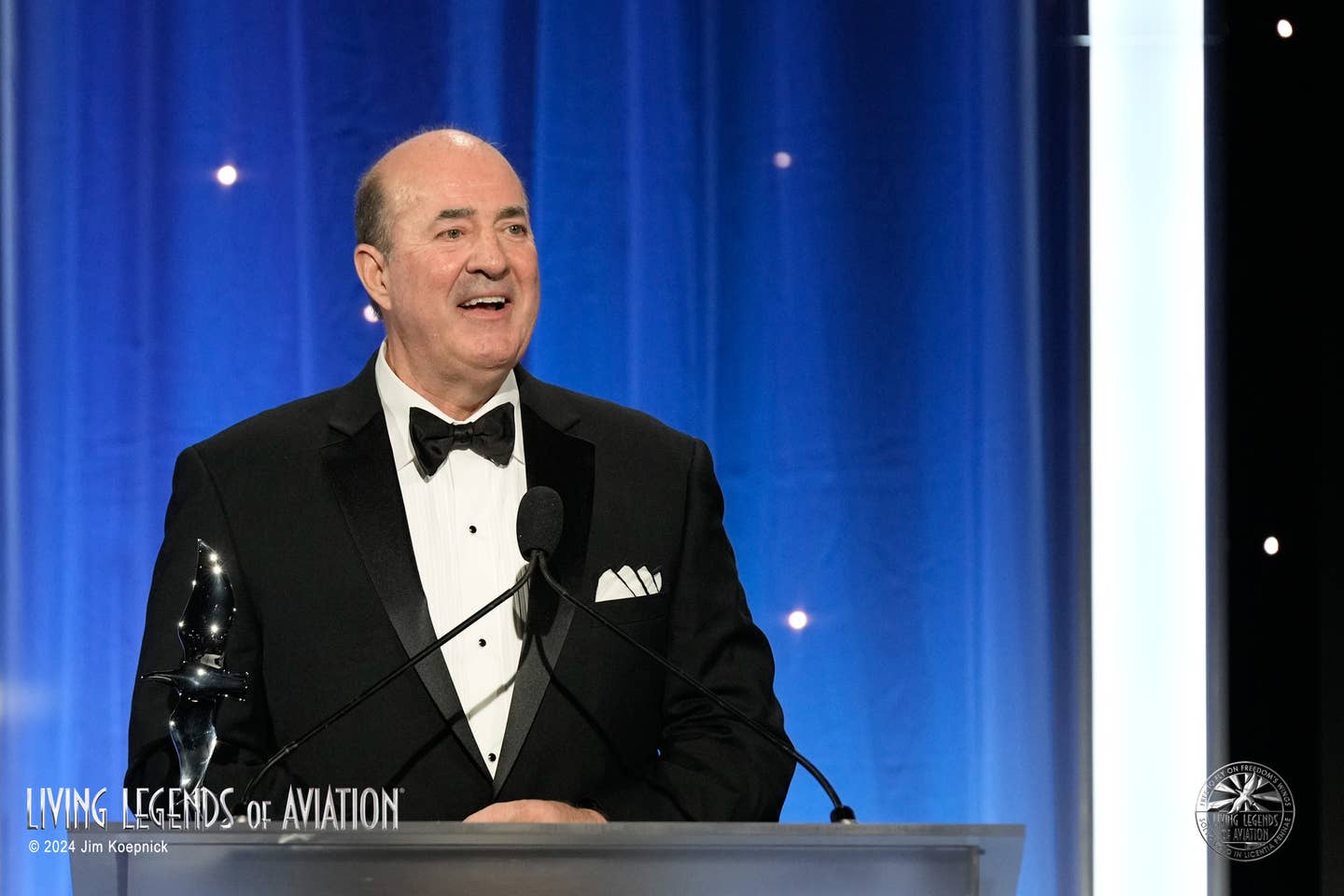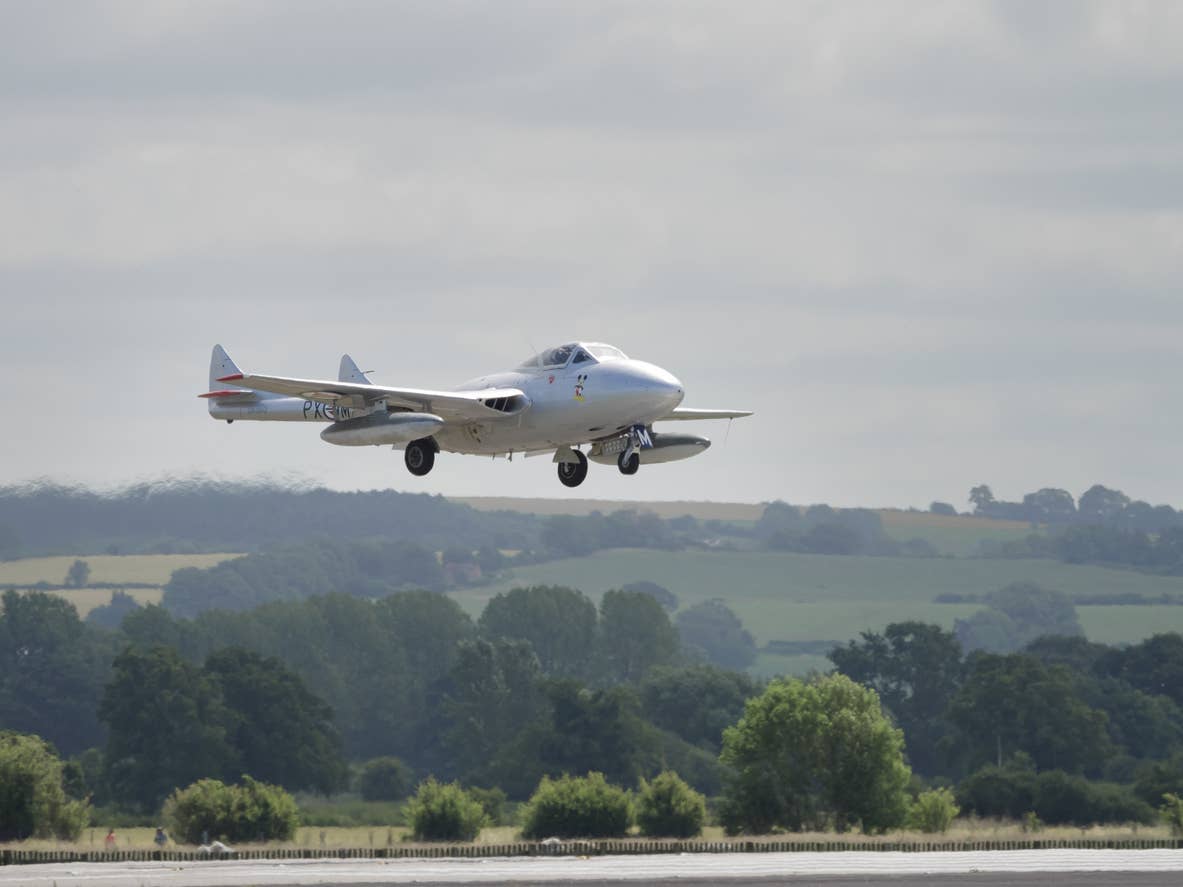U.S. Navy, Air Force Banking On Top Gun: Maverick Recruitment Boost
The USAF produced a slick recruitment ad featuring high-speed F-35 and F-22 maneuvers to run before Top Gun: Maverick in theaters.

Top Gun: Maverick is expected to pull in big numbers at the box office. The Navy and Air Force hope it does the same for them. [File Photo; Shutterstock]
In the world of aviation, it's not a stretch to say we probably all remember where we were when we first saw Top Gun the first time, and that flutter of raw adrenaline sparked by watching the acrobatic dogfight between the F-14 Tomcat and the fictional MiG-28 fighter jet.
The movie was the biggest to land on theater screens in 1986, becoming a one-hour, 40-minute recruitment ad for the U.S. Navy and military aviation.
According to one U.S. Air Force official who saw it the year he graduated flight training, "it left a mark."
“It was probably the most realistic flying movie that I’d seen, and it just left a mark on me,” Air Force Chief of Staff General Charles Brown said in August during an event at the National Press Club in Washington, D.C. “I was out of pilot training, and I was already going to fighters, so it was one of those where you kind of go ‘that’s pretty realistic.’”
Nearly four decades later, the long-anticipated sequel Top Gun: Maverick is primed to do it all over again. The movie is again expected to lead box office hauls, raking in up to an anticipated $395 million in the U.S. alone, according to the Wall Street Journal.
And much like 36 years ago, the military is also banking on the Hollywood blockbuster inspiring a new generation of recruitment.
“Our FY22 recruiting goals are to bring more than 40,000 enlisted and more than 3,800 officers into our active and reserve components," U.S. Navy Commander Dave Benham, Navy spokesperson, told FLYING. "Our recruiters nationwide are working tirelessly to meet those goals and to meet the manpower needs of our fleets. We think Top Gun: Maverick will certainly raise awareness and should positively contribute to individual decisions to serve in the Navy.”
Just how powerful was the original movie when it came to fighter pilot recruitment?
According to Military History Now, interest in U.S. Navy flight training rose 500 percent in 1986, the year Top Gun was released.
A similar claim was made about interest in fighter pilot training in the U.S. Air Force, according to Leslie Brown, spokesperson for Air Force Recruiting Services (AFRS). However, neither service has data to validate the claims.
"We can't find in the Air Force where that's true," Brown told FLYING.
There is some anecdotal evidence, however, that indicates there was a needed boost in recruitment. In 1979 and the early 1980s, USAF missed recruitment goals, however, "1986 wasn't as tough," Brown said.
The service is hoping to once again tap into the movie magic.
"This is a year that we're struggling," she said.
It couldn't come at a more critical time for the service, which earlier this year said it was ramping up strategies to accelerate training and improve retention as it faces a shortage of more than 1,600 pilots.
The Air Force is hoping to harness some of its own Top Gun energy with a new "Own The Sky" commercial set to run before the movie in theaters. The slick minute-long ad features Air Force pilots pulling Gs while flying high-speed maneuvers in F-35 Lightning IIs and F-22 Raptors.
“The intensity of this spot is stunning, so hold on to your popcorn because we are bringing the Air Force to your seat,” Maj. Gen. Ed Thomas, AFRS commander, said in a statement. “There are more than 130 career options an Airman can take on their full or part-time journey to defend our skies. The air superiority in this video just gives you a glimpse of a small percentage of what is possible when you join us.”
Even though Top Gun: Maverick is Navy-centric, all branches of the military will likely see a lift from the film in what is the toughest recruiting market in more than 20 years, Thomas added.
“It’s a math problem,” Thomas said. “The national labor shortage is driving millions of unfilled jobs. The nation is bigger. The military is smaller. Few people today know someone who has served. Eligibility to serve has dropped to just 23 percent due to obesity, medical, or other issues, and less people are generally knowledgeable enough about the military to know what a great way of life serving in the military can be.”

Sign-up for newsletters & special offers!
Get the latest FLYING stories & special offers delivered directly to your inbox






